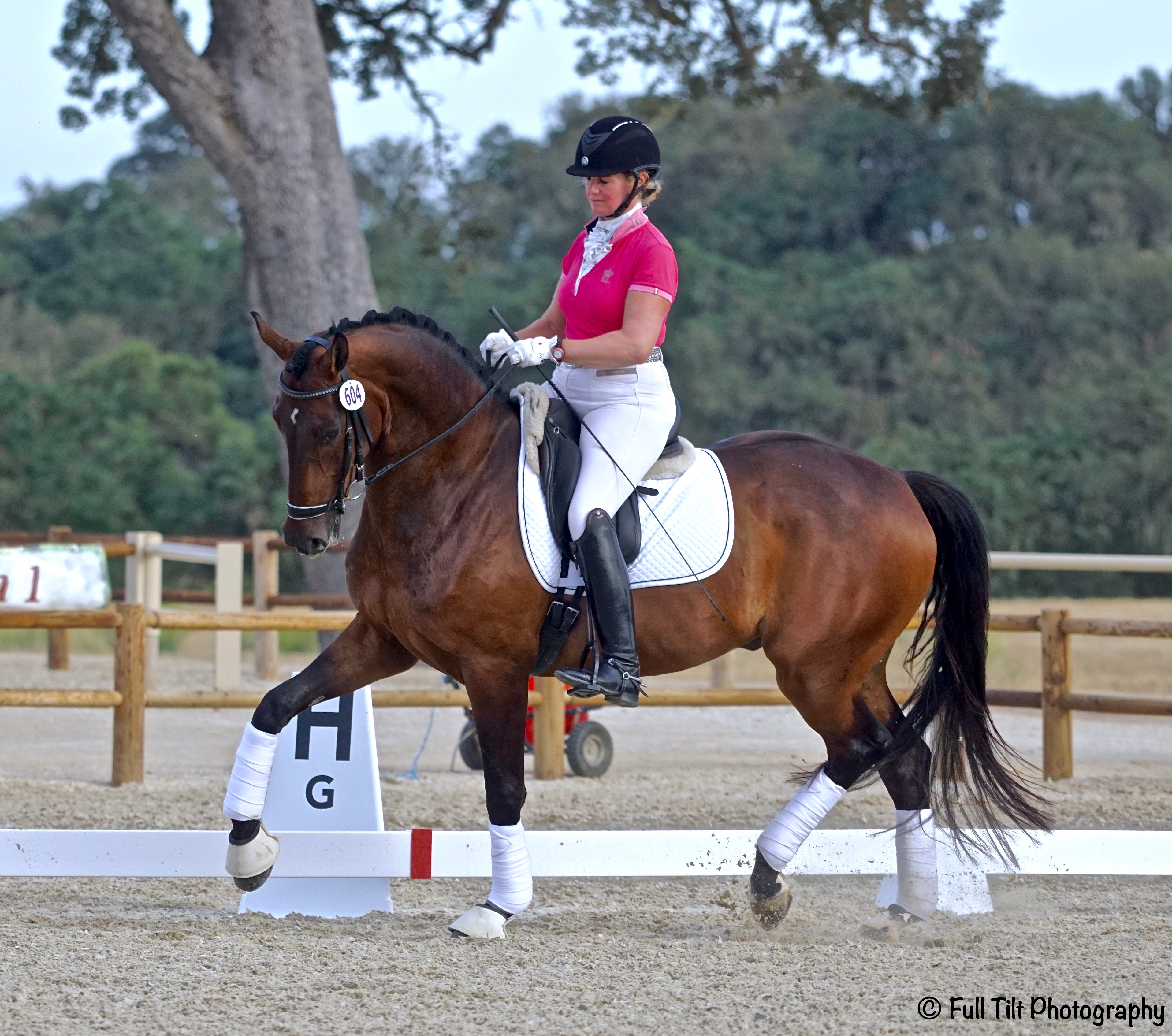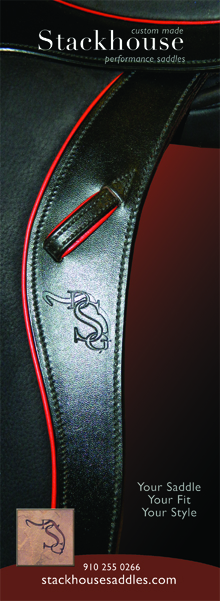Search the Site
Guest Blog post # 72: "An Aspirational Half Halt?" by Bill Woods

"When should I make a half halt?" she asked me. The obvious answer is when you need one, but if she's asking that question, maybe the answer isn't so obvious after all!
How DO you know when you need one? And what exactly are we referring to anyway? If you get on the wrong French School internet message boards, you could conclude that the term itself is a "dirty word.” I’ve found descriptions or interpretations which are the cliché of utterly back-braced, rigid-armed crudeness—in short unlike anything you would witness in a civilized riding hall of any persuasion.
First of all, remember that a half halt is not just an action you perform with your hand(s). It’s a “nearly simultaneous application of seat and leg met by a momentarily non allowing hand” (and most of the time the two hands don’t operate in unison.) What it comes down to is there are as many different half halts as there are varieties of snowflakes. Since their purpose is to acquire or regain the horse’s attention and/or balance, the size of the ones you make will be determined by how much of those qualities are missing and attainable at that moment.
There are two obvious conditions where half halts are exactly what the Dressage Doctor prescribes. One is when your horse is “cruising.’ This is a kind of autopilot he can get into where although he’s forward, his mind has slipped into neutral and his weight has shifted more and more either against your hand or onto his front end. “Coasting” is a superficially more benign version marked by a steady tempo, a casual inattention, and no truly motivated push coming from the hindquarters.
To solve this situation, it’s doubly important to create enough “in front of the leg” energy to have something to redirect. You can’t ride “back to front” if the motor isn’t running!
Good dressage is a dance between two partners, each sensitive and responsive to the other’s body language. I speak often of a “conducting” seat which condones—even affirms—the horse’s motion. These are half halts too—the best kind. They are nearly invisible and can be performed almost unconsciously every stride. Without aggression they can coax a little more expression or lift or cadence out of your partner. They are more encouraging than they are corrective—aspirational in the sense of wishing for more and showing your horse the way to it.






